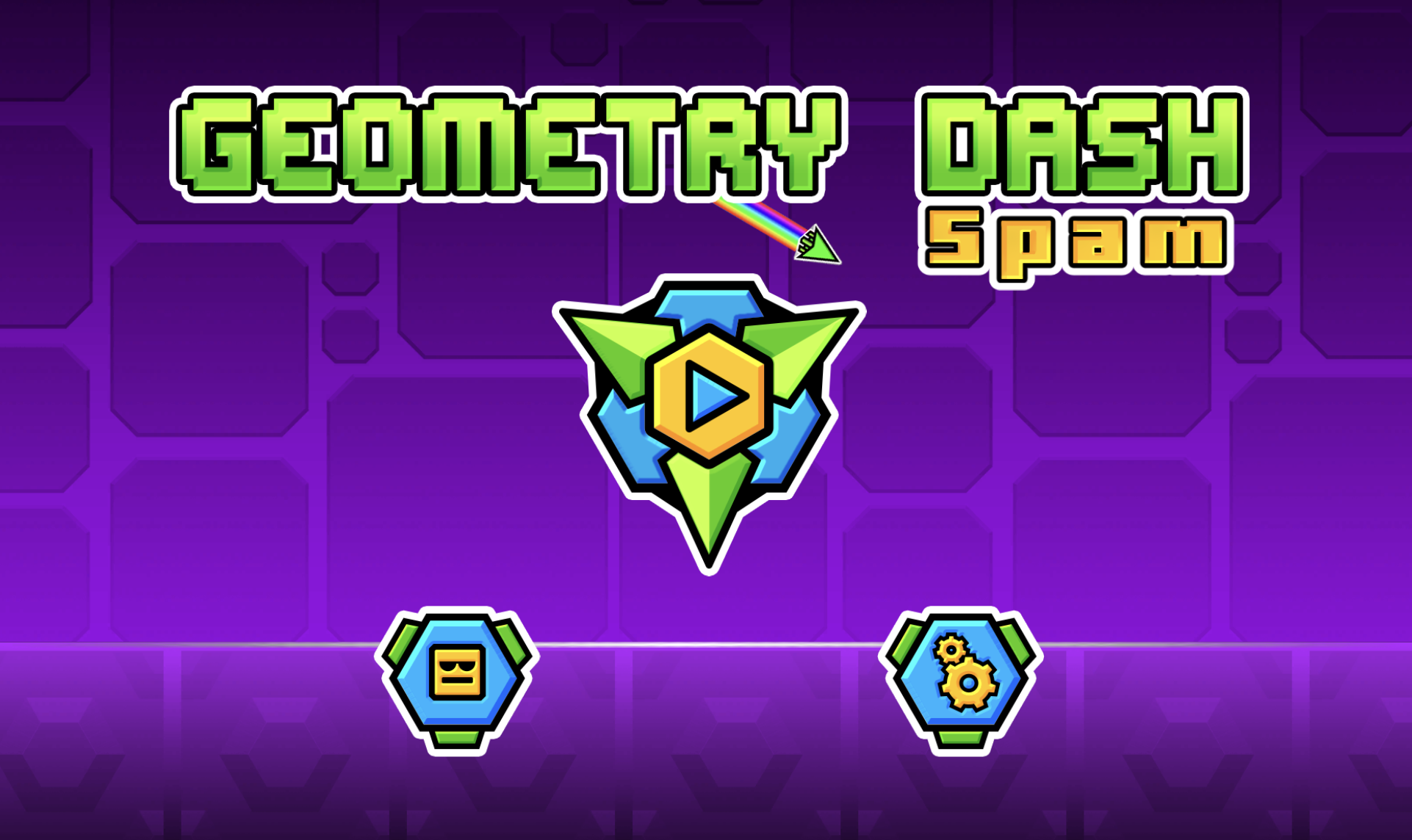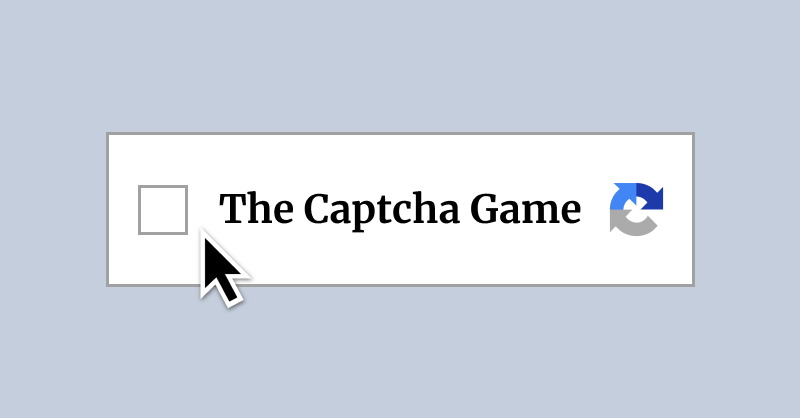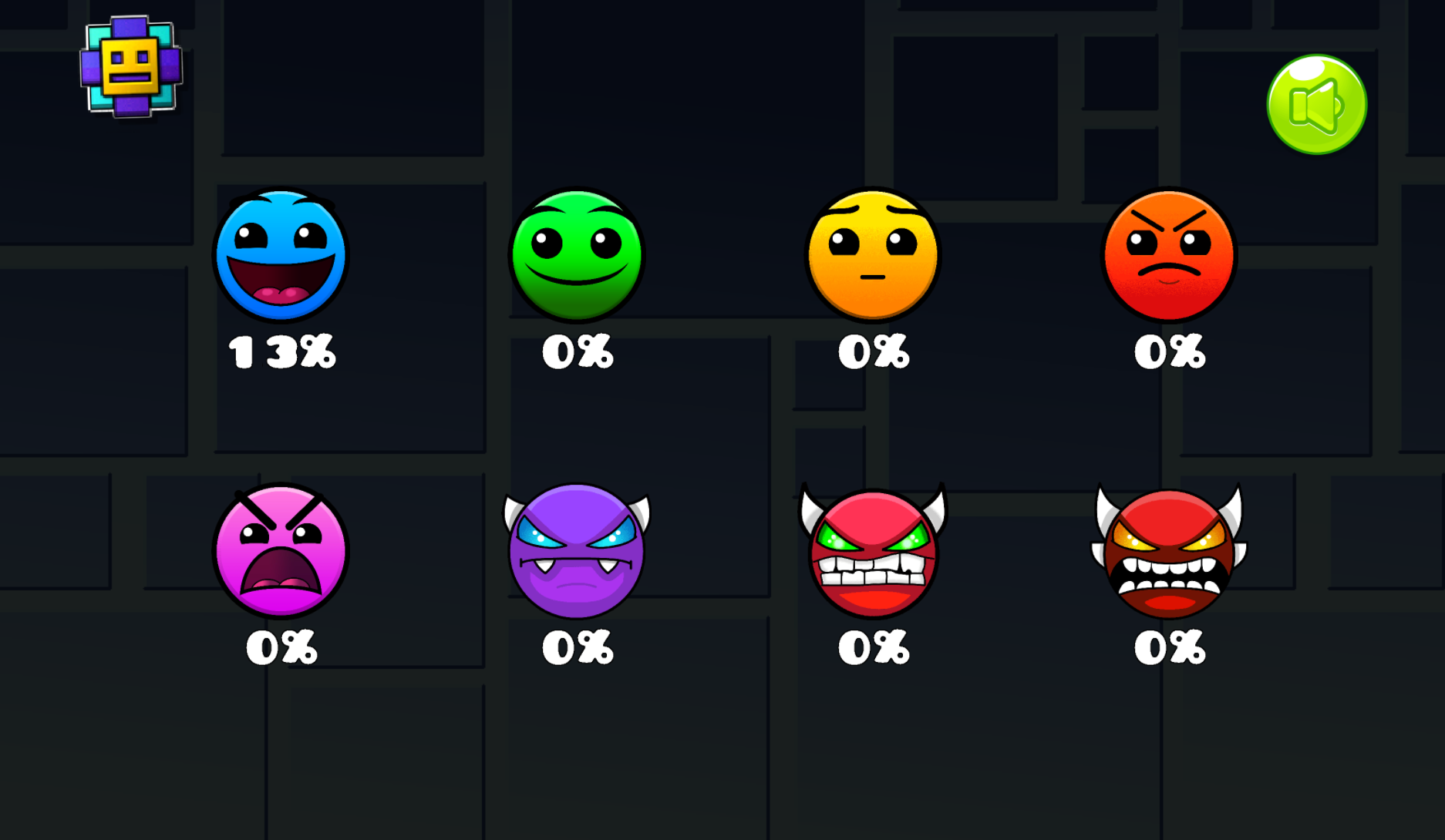Poly Track
Design modular tracks, reset instantly, and push for cleaner laps without leaving your browser.
Poly Track Spotlight Tracks
Explore fresh Poly Track creations and community challenges to find the next circuit that lowers your PB.

Geometry Dash Spam
Geometry Dash Spam

Fireboy and Watergirl: Forest Temple
Fireboy and Watergirl: Forest Temple

I'm Not A Robot
I'm Not A Robot

Take Care of Your Own Burning Spice
Take Care of Your Own Burning Spice

Happy Land
Happy Land

The Captcha Game
The Captcha Game

Cat and Granny
Cat and Granny

Steal A Brainrot Unblocked
Steal A Brainrot Unblocked

Geometry Dash Wave
Geometry Dash Wave

Fireboy and Watergirl: Fairy Tales
Fireboy and Watergirl: Fairy Tales

Polytrack
Polytrack

Fireboy and Watergirl: Elements
Fireboy and Watergirl: Elements

Clasherdle
Clasherdle

Growden io
Growden io

BLOODMONEY 2
BLOODMONEY 2
Shape, race, refine—your perfect hot lap
Build a faster line before the countdown starts
Polytrack hands you the rare combination of a dead-simple course editor and a razor-sharp time-trial racer in one tab. Instead of memorizing someone else’s circuit, you sculpt your own with modular pieces—banks, loops, chicanes, tabletops, and clean straights—then push a button to drive it immediately. Polytrack turns iteration into momentum: place a segment, test it, feel the flow, shave a tenth, and repeat until your ghost can’t keep up. The more you refine, the more satisfying the lap feels, because every hundredth is earned by your design decisions and your driving execution inside Polytrack.
Polytrack thrives on instant restarts and quick feedback. Miss an apex? One key sends you to the last checkpoint or the start in a blink, so your rhythm never dies. That responsiveness invites bold experiments: extend a banking to carry speed, open a radius to stabilize exits, or add a small jump to realign your car for the next sector. Polytrack makes these tweaks painless, and seeing them pay off on the clock is the hook that keeps you trying “one more lap.”
Why the core loop feels addictive
Polytrack splits your attention between two satisfying roles: track architect and lap hunter. As an architect, you snap pieces together like building blocks, hunting for that hard-to-describe “flow” where corners talk to each other and braking zones breathe. As a lap hunter, you attack sectors, trail-brake with purpose, and squeeze throttle earlier as the chassis settles. Polytrack binds the roles so tightly that design choices echo through your splits; a smoother camber here translates to a safer flat-out section there, and you feel it immediately when your ghost fades in your peripheral vision.
Polytrack’s ghost system is a teacher that never lectures. Load your own best lap or a leaderboard time and you’ll see where you gained and where you bled speed. Brake markers become obvious, exit speeds tell their own story, and you’ll sense the exact frame to roll back on the throttle. Because resets are instant, you can isolate the mistake, retry the corner, and layer that muscle memory without breaking concentration in Polytrack.
Track builder that invites experimentation
Polytrack uses modular, grid-aware pieces that snap cleanly, preventing sloppy joins that would ruin flow. Banks help you carry speed through sweepers, loops challenge your commitment, and small ramps can set up satisfying landings that launch you into late apexes. You’ll learn to think like a civil engineer: where to shed speed to gain more later, where to compress the line to cut distance, and how to stage corners so one naturally sets up the next. Polytrack lets you practice this in minutes instead of hours, with a preview one click away.
Polytrack rewards disciplined sector design. If a section keeps sending you wide, the fix is usually structural: reduce corner stack, ease the approach, or increase camber incrementally. Each micro-adjustment trims the chaos and grows confidence. Over a session, that confidence compounds into seconds saved, and the track you authored starts to reveal a rhythm you didn’t know you could build inside Polytrack.
Driving feel that favors precision
Polytrack balances arcade snappiness with enough nuance to reward fine inputs. On keyboard, taps nudge your line rather than snapping you into mistakes; on a gamepad, analog steering lets you carve smooth arcs and feather throttle mid-corner. Either way, car response is predictable, so the skill ceiling depends more on reading corners and less on fighting physics quirks. Polytrack’s predictability is a feature: you can attack high-risk entries with the confidence that the car will react exactly as it did last lap.
Polytrack’s checkpoint logic assists training. By binding a quick reset to a single key, the game invites micro-drills: rehearse one chicane until it’s automatic, then stitch it to the next sector without mental friction. When the ghost slips behind through your practiced section, you’ll feel the payoff instantly. That loop—practice, compare, gain—defines why Polytrack is so sticky for hot-lap hunters.
Tips to start beating your ghost
Polytrack rewards clean fundamentals over reckless heroics. First, stabilize entries: brake in a straight line, steer once, and prioritize exits. Second, open corners by using all available track on entry and exit; a wider line often means earlier throttle. Third, tune banking rather than brute-forcing grip—if a turn demands constant correction, adjust the course instead of fighting it. Fourth, save aggressive jumps for later; flow-first layouts are faster until your consistency climbs. Polytrack makes these adjustments trivial, so treat the editor like your pit wall, calling strategic changes while you chase splits.
Polytrack also encourages deliberate sector pacing. If you’re fading against a stronger ghost in a slow complex, resist panic; defend exits and attack straights where gains multiply. Use visual cues—track edges, prop shadows, checkpoint gates—to build timing markers you can repeat. Above all, commit to instant restarts; the fewer seconds between attempts, the tighter your learning loop becomes in Polytrack.
Sharing and competition
Polytrack isn’t only a personal lab—it’s a community playground. Publish a layout and watch friends tackle your traps, or download community favorites to study their design language. Nothing trains you faster than dissecting a popular course: where creators banked to hide speed, how they introduced rhythm changes, and which sequences reward precision over bravery. Polytrack turns that analysis into practical gains because you can immediately apply new ideas to your own track and test them within seconds.
Polytrack’s leaderboards transform solo time into social fuel. When a rival edges you by a few hundredths, the response is automatic: reset, refine, repeat. Send your improved time back up and let the ghosting arms race continue. The meta becomes collaborative progress, with each course iteration teaching everyone who laps it.
Browser-first convenience
Polytrack runs in your browser, which matters more than it sounds. No downloads, no patch juggling—just click, build, and drive. That low friction shortens the gap between inspiration and execution. Ten spare minutes become meaningful practice; an evening becomes a full design and testing loop. Polytrack respects your time by eliminating overhead, so more of your session is spent actually getting faster.
Polytrack also travels well. Swap from keyboard to controller without re-learning the car, switch machines and stay productive, or sneak in a few laps during a break. Because resets are instant and tracks load quickly, you can accomplish real improvement in short bursts, stacking micro-sessions into macro progress inside Polytrack.
For creators, racers, and tinkerers
Polytrack fits anyone who enjoys dismantling problems into repeatable parts. If you build, you’ll love the editor’s clarity. If you race, you’ll love the feedback loop of ghosts and sectors. If you tinker, you’ll love the way tiny design changes echo as tangible time gains. Polytrack speaks the language of iteration, and that language unlocks mastery no matter your starting skill.
Polytrack’s elegance lies in its symmetry: the track shapes the lap, and the lap judges the track. Every restart is a hypothesis test; every new PB is peer review. The result is a satisfying, honest grind where improvement is visible, exportable, and shareable. When the timer flips green and your ghost fades behind, you’ll know exactly which edit and which input made it happen. That clarity is why Polytrack earns a place in the daily rotation of anyone chasing cleaner lines and better times.
Polytrack ultimately champions the craft of speed. Build with intent, drive with discipline, and let the clock keep you honest. Whether you’re designing your first gentle flow or engineering a brutal, banked gauntlet for friends, the same rules apply: smooth is fast, consistency beats chaos, and iteration wins. With tools that encourage experimentation and physics that reward precision, Polytrack makes the pursuit of a perfect lap feel achievable—one instant reset at a time.